It doesn't matter whether the carp are feeding well, or just picking at baits, the magical PVA tape, PVA string, PVA stocking and PVA bags are just the thing to help you put a few more big carp on the bank.
What is PVA?
PVA stands for Poly Vinyl Alcohol. It’s a water-soluble substance that can be made into solid sheets, tape, string or woven to create a mesh-type stocking. When cast into the swim, the PVA product will start to dissolve and leave a neat pile of free bait around your hook. This is something that patrolling carp find hard to resist and it’s a method that has caught many large specimens. Lee Jackson, for example, banked his former British record carp of over 60lb when using a PVA bag presentation.
Types of PVA
There are several types of PVA on the market. Each one has a distinct use...

STRING
This is a thin cord made from multiple thin strands of PVA. It’s mostly used to create ‘stringers’. This is the name given to a number of baits threaded on to a string, which is then attached to your hook. The problem with PVA string is that it shrinks in the water before dissolving. This can cause the baits to become fused together in a lump, or worse, the string won’t melt at all.
TAPE
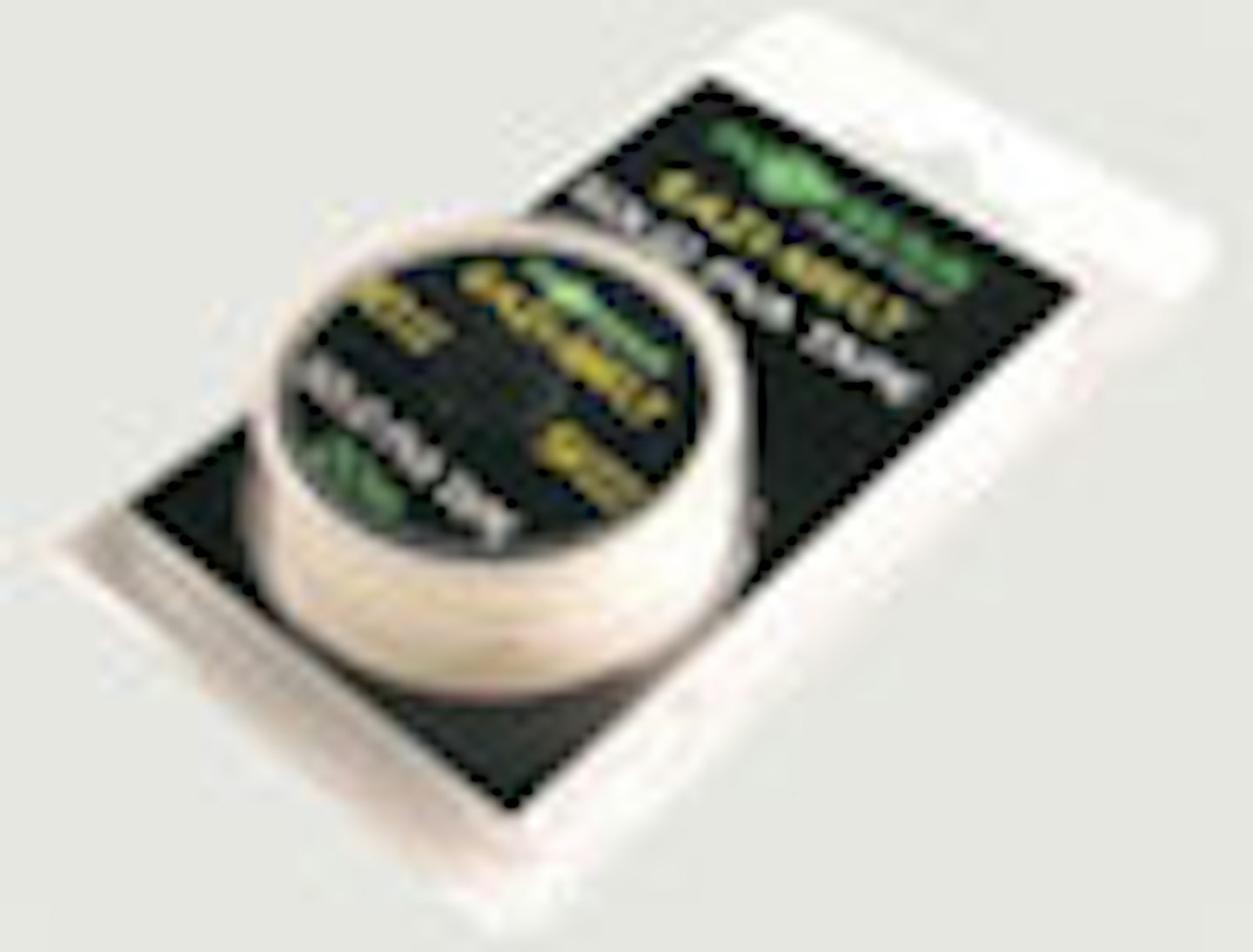
Similar to string, except it has a flat, wide profile. Tape can also be used to form stringers or for tying off the tops of solid PVA bags. Tape also has several advantages over PVA string. It doesn’t shrink in water. Due to its thicker profile, the tape holds strung baits better, great for long-range casting. Also, this thicker profile opens a bigger hole in the free baits, allowing more scent to be released.
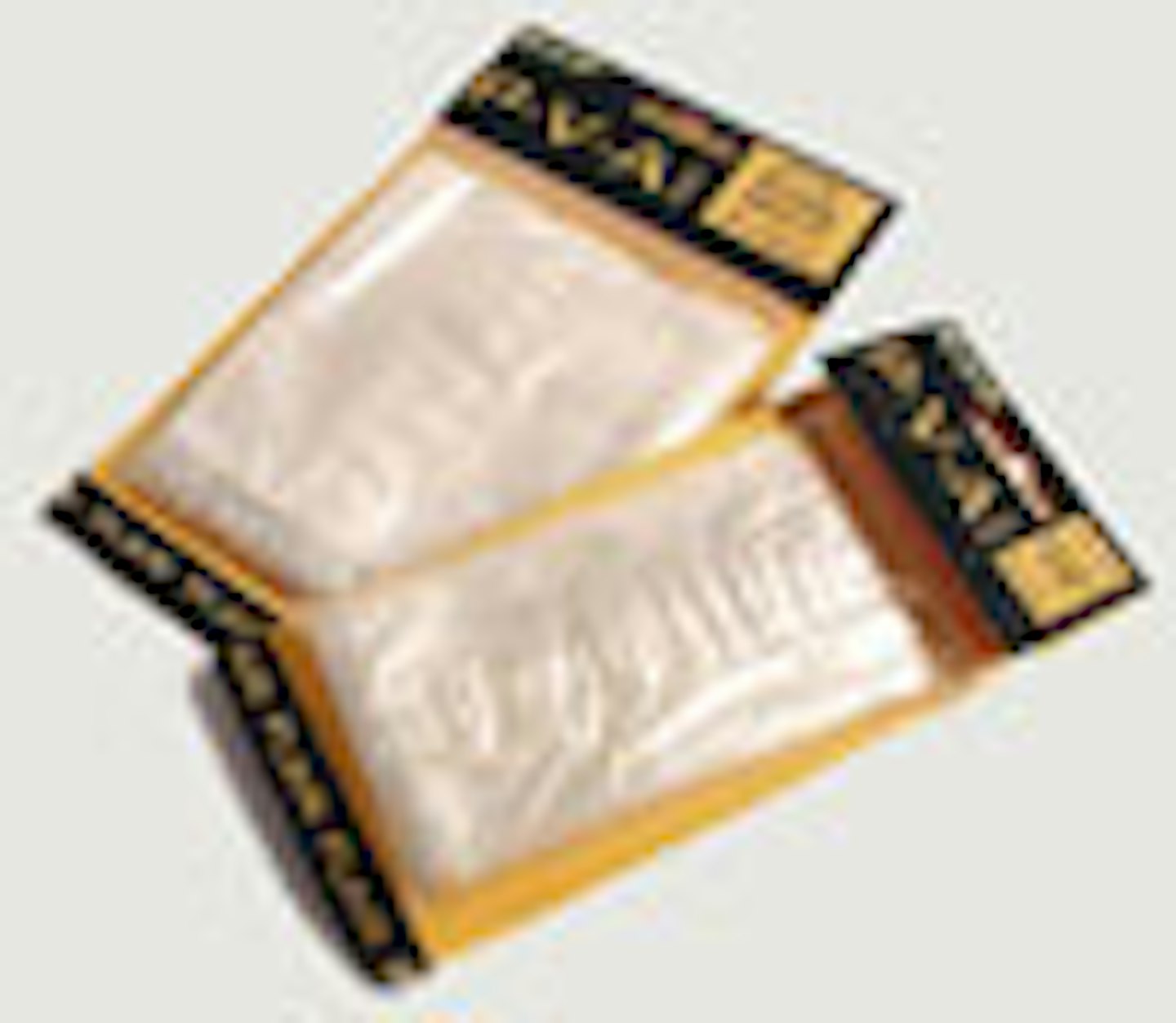
SOLID BAGS
Flat, solid bags that can be filled with all manner of freebies, regardless of the size of bait used. They can also be filled with just liquid, such as flavours, slimes or dips. This is a great edge in winter when you are fishing single hookbaits. The liquid puts out a strong level of attraction into the swim, but the only food item is your hookbait. Their disadvantages are that they are slow to form and tie. Always pierce solid PVA bags with a baiting needle, as this will help the trapped air escape, preventing it from floating.
MESH OR NETWORK BAGS
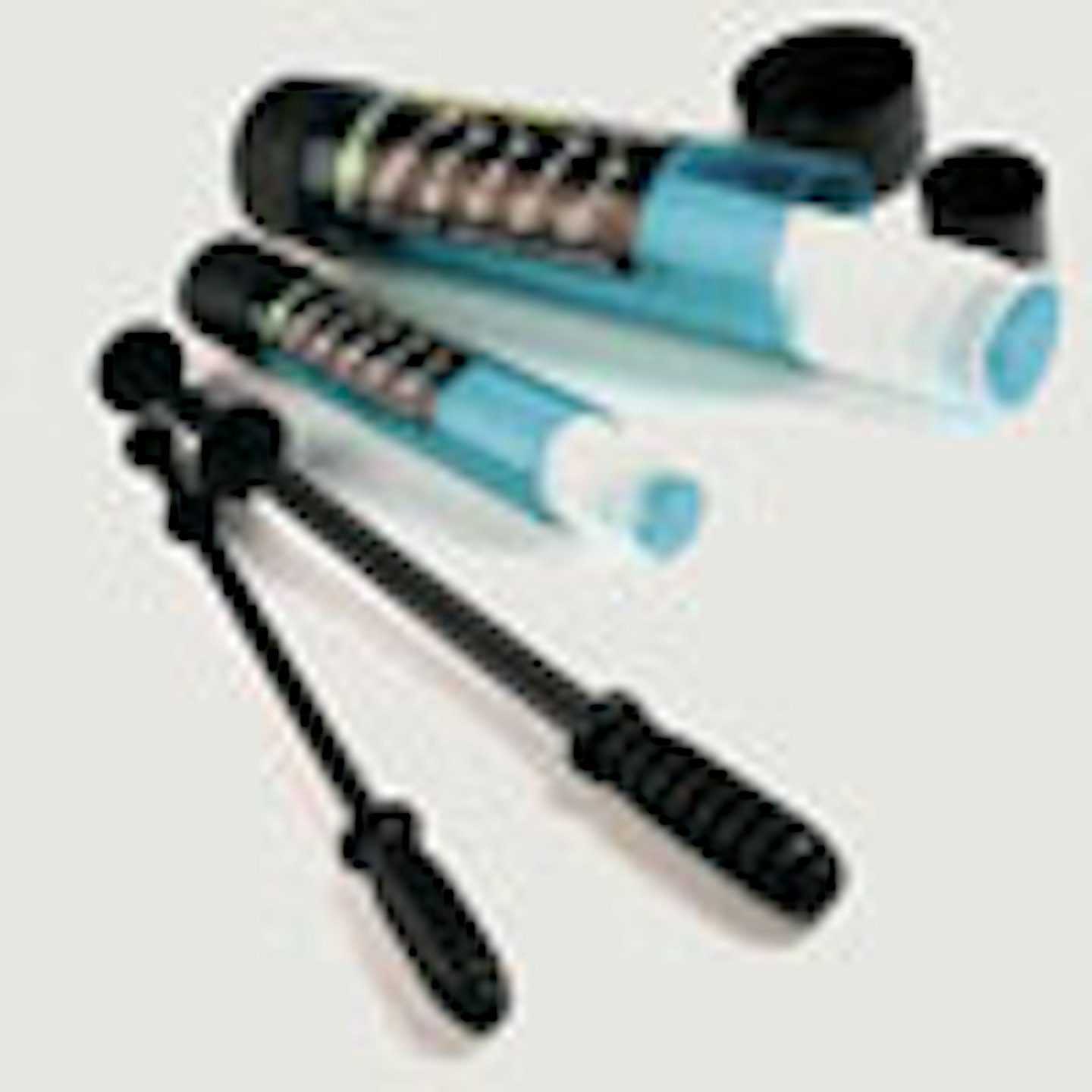
Made from woven PVA thread, this stocking material – which Korda named Funnel Web – has revolutionised carp fishing. Having an open weave, it doesn’t suffer from trapped air. This product comes in long lengths – five or 20 metres – allowing bags of any size to be made up. The other advantage of network bags is that they are much quicker to make than their solid counterparts.
RIG FOAM
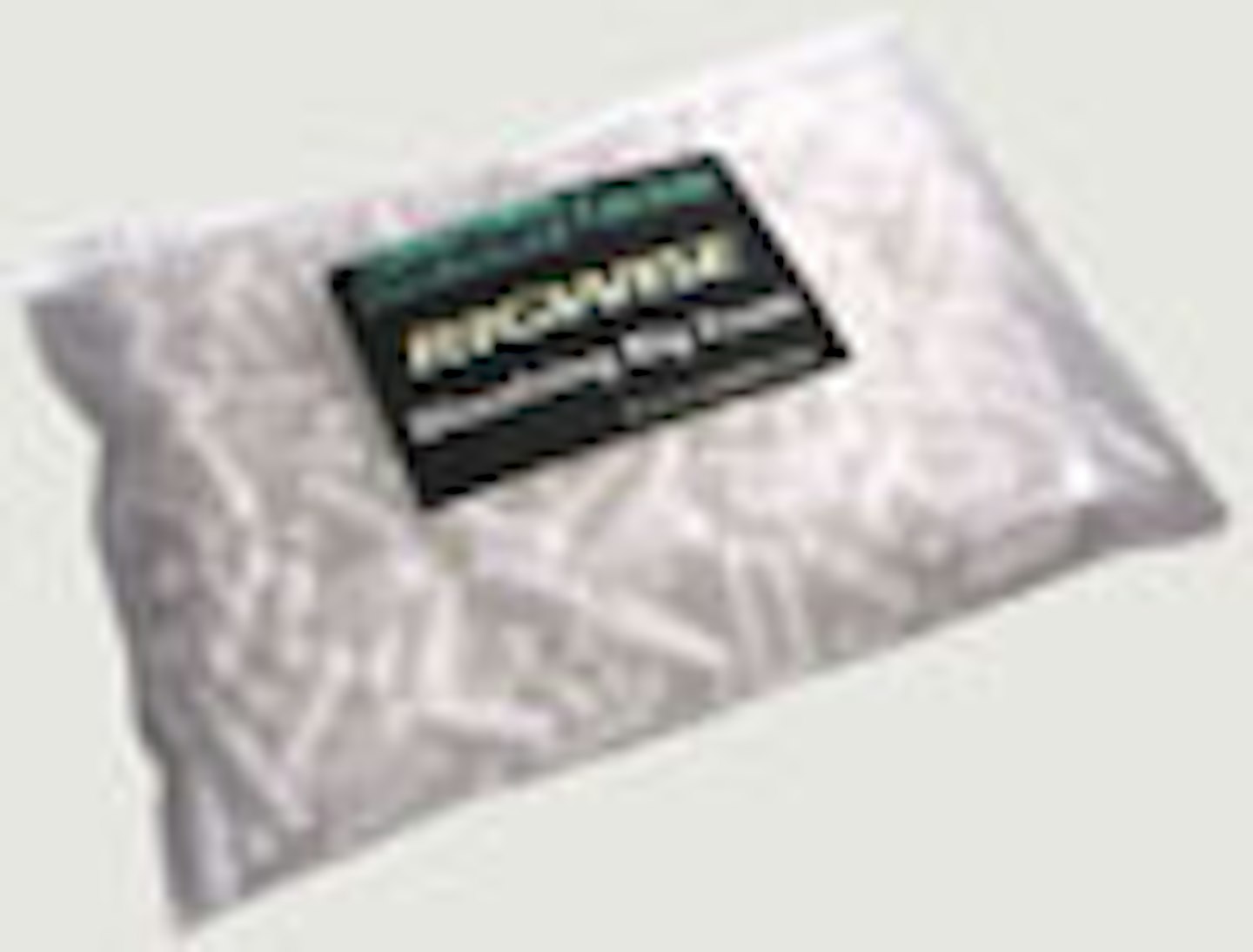
These buoyant nuggets are either hooked on to or folded over the hook before casting. Once in the water, they hold the hook off the bottom until the nugget dissolves. The hook will then gently settle on to the bottom of the lake. Rig foam is indispensable when fishing over silt or weed. When the rig is cast in, the lead will either sink into the silt or dive into the weed and the rig foam will help stop your hook from being masked.
PVA foam tip
PVA rig foam doesn’t stay on the hook very well when making hard casts. Places three or four nuggets into some Boilie Funnel Web. Then using a Korda Kompressor stick, compress the nuggets as hard as he can. Then tie the bag off to make a small PVA bag and then attach this to your hook prior to casting. This will stay on the hook after even the hardest cast.
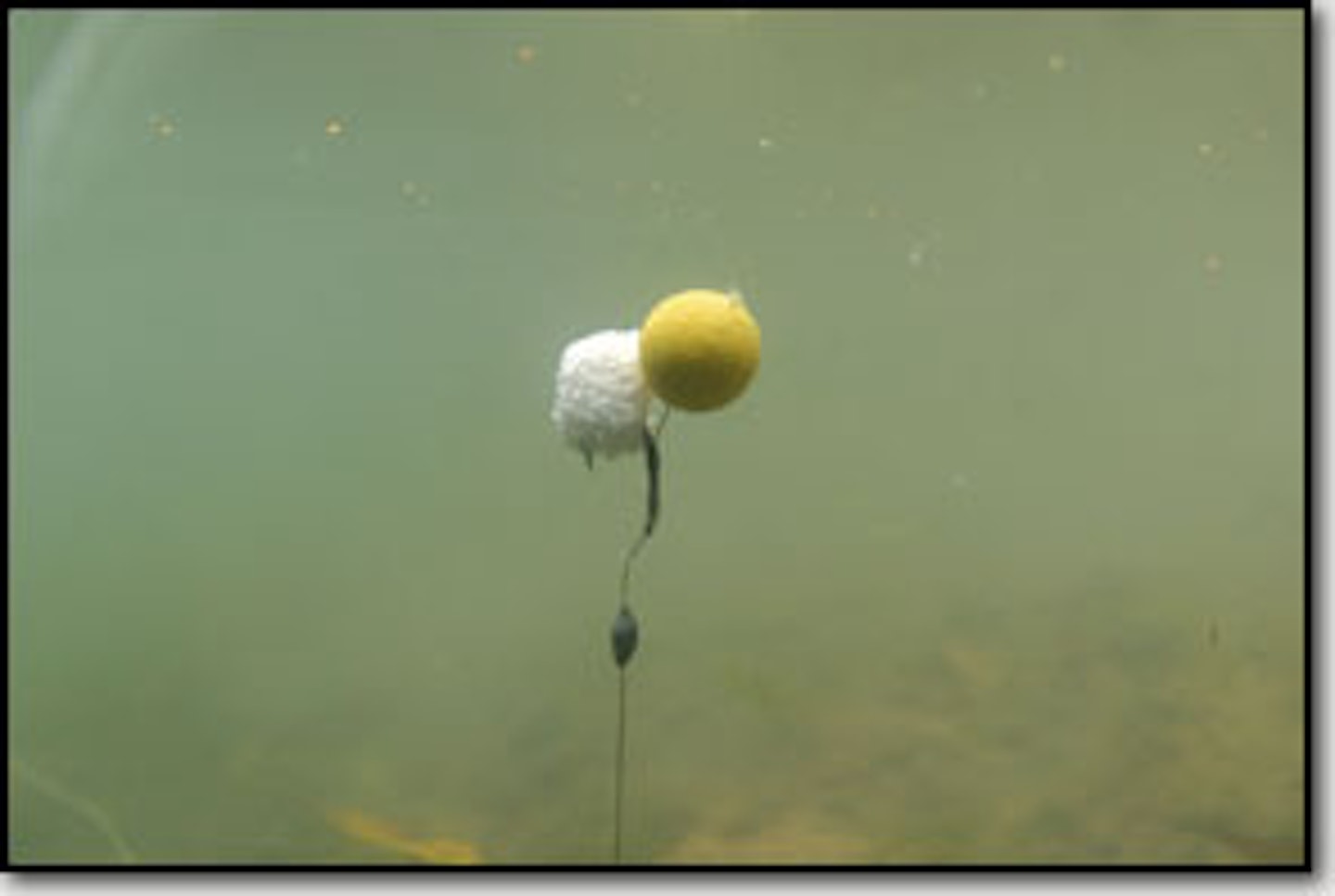
PVA rig foam can be attached like this, but it won’t withstand really hard casts.
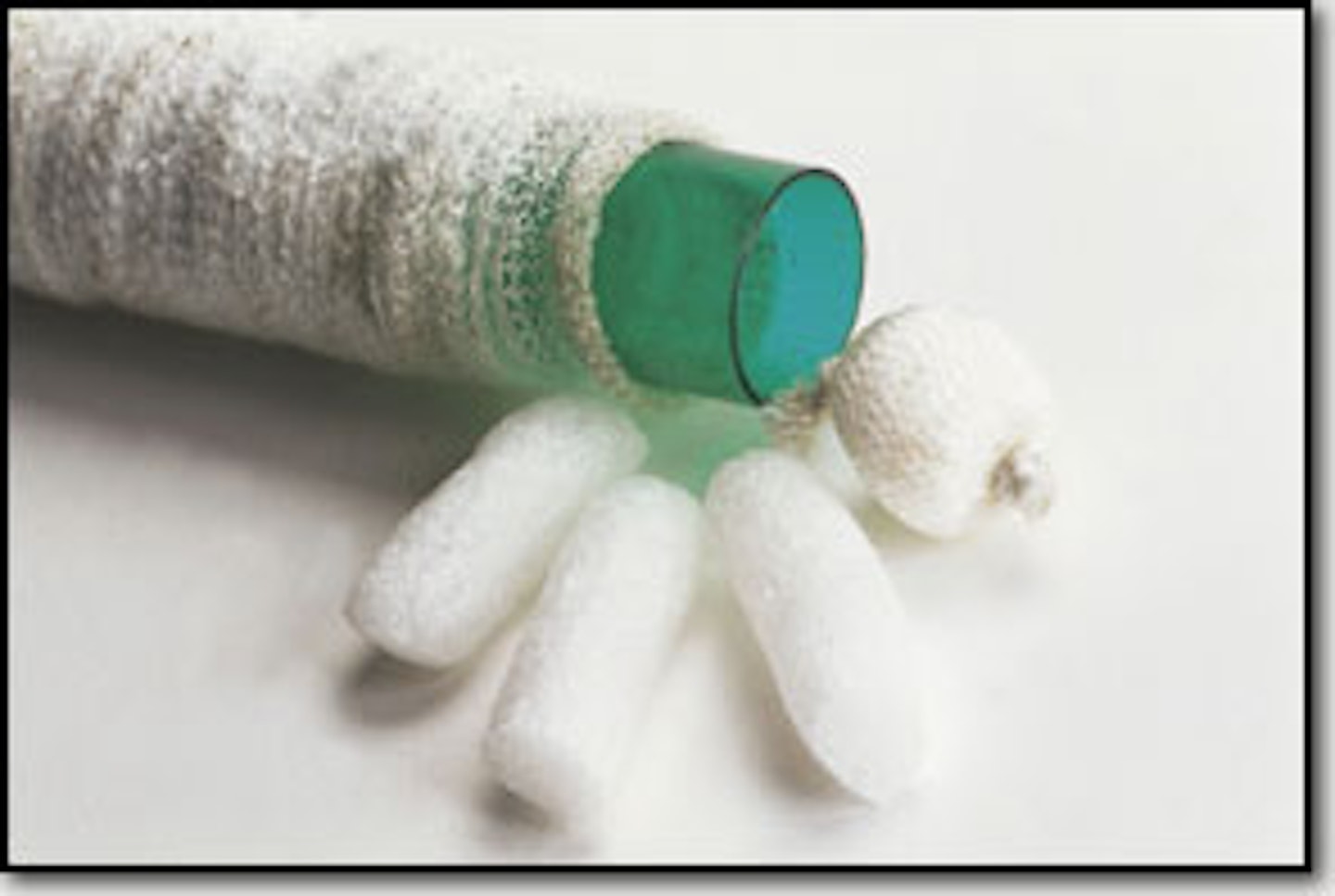
Instead, create golfball-sized bags containing three PVA nuggets - this will withstand a hard cast much better.
PVA tip
To give a different presentation, use chopped boilies in your sticks as well as a groundbait mixture. This is called a 50/50 stick. The boilie chop gives the stick a different texture and attraction than pure groundbait.
To make a half-and-half, take a number of hook bait boilies and chop them using a vegetable chopper. A small amount of chopped boilies are placed in the tube, followed by a small amount of groundbait. The mixture is fully compressed and tied off. With a stringer needle, the hooklink is pulled through the sausage. It is important that the groundbait end of the sausage is facing the hook.
This ensures that the hook point is not impeded by being pulled into a piece of very hard chopped boilie.

Top 10 PVA tips
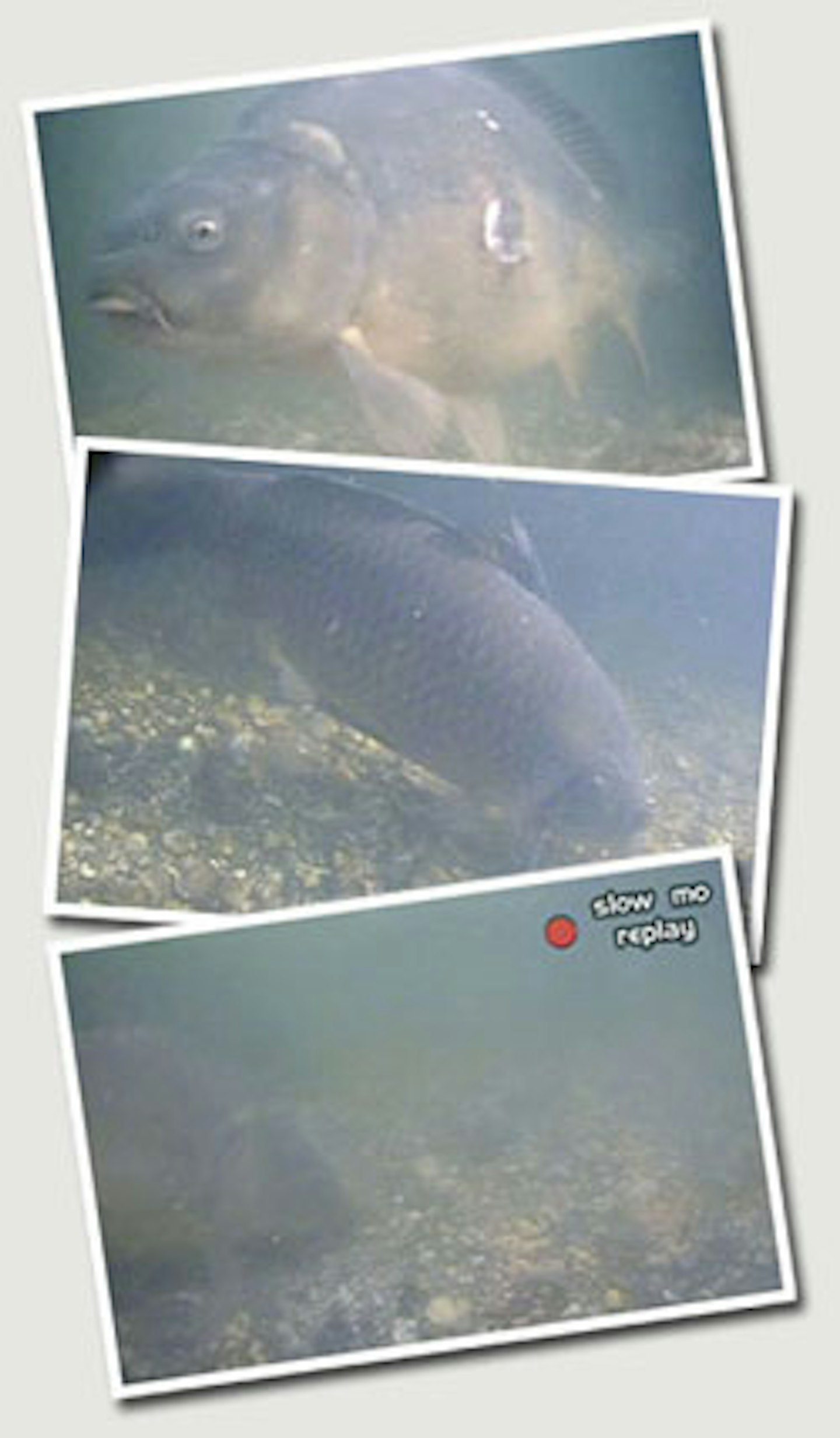
1 Always make bags in a dry environment.
2 Always carry a towel with you so you can dry your hands.
3 Keep your pre-made bags in a watertight container.
4 Make a few bags up before fishing.
5 Don’t make up sticks too early, as the oil will affect the PVA’s melt time.
6 Avoid string when using stringers as it shrinks in water. It’s better to use PVA tape.
7 Always leave a bit of room between your baits on a stringer to allow the water to get at the PVA between the baits.
8 Don’t use pure chopped boilies in your stick mix as the hook point could get masked.
9 When using solid bags, remember to pierce them before casting. This allows any trapped air escape.
10 Always use rig foam when fishing over weed or silt, as it will give your rig a much better presentation.
.jpg?ar=16%3A9&fit=crop&crop=top&auto=format&w=1440&q=80)